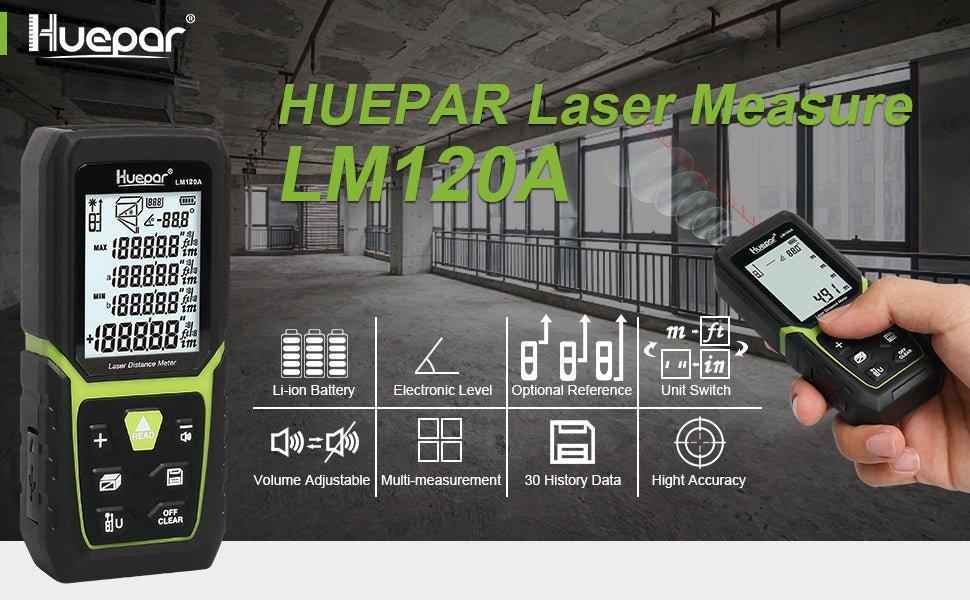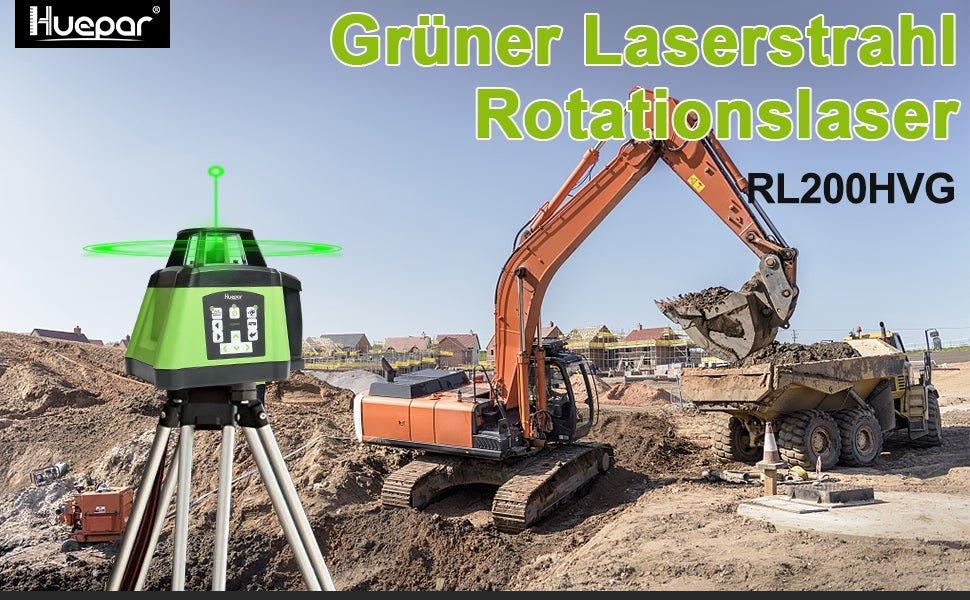What Are 3D Laser Levels and How Do They Work?
Understanding the Technology Behind 3D Laser Levels
3d laser levels are advanced tools that help create precise reference points or lines in three dimensions. They project lasers in multiple directions, typically covering a 360-degree area. This allows users to work on complex layouts without moving the tool around. They use diodes to emit light, which is shaped into laser lines with optics. The lasers are then leveled using mechanisms like pendulums or servo motors. These levels can self-correct to achieve and maintain straight lines even if the base is slightly tilted. A control system ensures that the self-leveling process keeps the lasers accurate. 3D laser levels are perfect for tasks that need exact alignment in both horizontal and vertical planes.

Comparing Traditional and 3D Laser Levels
When people think about levels, the traditional bubble level often comes to mind. These tools have been around for ages. They rely on a small air bubble inside a vial of liquid. The bubble moves to the center when the surface is level. But 3d laser levels are a game-changer. They project lines on surfaces in three dimensions: left to right, front to back, and up and down. This way, you can align and level objects at the same time. This is much faster and more precise than using a bubble level. So, whether you are hanging cabinets or laying out an entire room, a 3D laser level is a powerful tool. It saves time and reduces errors on the job.
Applications of 3D Laser Levels in Various Industries
3d laser levels are vital tools across many fields. They ensure that construction projects are precise. This cuts down on errors and saves time. Builders use them to align walls and pipes. In architecture, they help design large structures. They are also used in woodworking and metalwork. Here, they align and plan parts or materials. Engineers rely on them for accurate surveying of land or buildings. With 3D laser levels, complex tasks are easier to manage.
Choosing the Right 3D Laser Level for Your Needs
Key Features to Consider When Buying a 3D Laser Level
When looking for a 3D laser level, certain features are crucial. Here is a list of key aspects:
- Leveling Accuracy: How precise the device can project lines.
- Self-Leveling Capability: Whether it can auto-adjust to level within a certain range.
- Battery Life: The duration of use on a single charge.
- Durability: Resistance to dust, water, and shocks.
- Laser Visibility: Brightness and visibility of the laser under various conditions.
- Range: The working distance over which the level can project.
- Mounting Options: Availability of tripods, brackets or magnetic mounts.
- Warranty: Length and coverage of the product warranty.
Choosing a level that matches your tasks will save time and improve results.
The Different Types of 3D Laser Levels and Their Uses
- Dot Lasers: Emit single points and are ideal for transferring points from one surface to another.
- Line Lasers: Project horizontal and vertical lines and are often used for aligning tiles or framing.
- Rotary Lasers: Cast a rotating dot to create a 360-degree line, perfect for site layout and grading.
- Combination Lasers: Combine features of dot and line lasers. They work well for complex tasks.
- Green Beam Lasers: Offer higher visibility, which is especially useful in bright light conditions.
Each type aids in specific projects, so consider the job needs when choosing your 3D laser level.
Tips for Maintaining Precision and Accuracy
Maintaining precision and accuracy in 3d laser levels is crucial. Here are simple tips:
- Regularly calibrate your device to ensure accuracy over time.
- Store the laser level properly to avoid damage to its sensitive components.
- Keep the laser's path clear from dust and debris that could distort the beam.
- Avoid exposing the level to extreme temperatures which can affect its performance.
- Check the level's batteries often, as low power can cause inaccuracies.
- Use the laser level on a stable surface to prevent movements that could skew results.
- If your level has a self-leveling feature, give it time to adjust before starting your measurements.
- Consult the user manual for specific maintenance recommendations for your model.
With these simple practices, you can ensure your 3D laser level remains a reliable tool for your projects.
Exploring Advancements in Laser Levels: From 3D to 4D
The Evolution from 3D to 4D Laser Levels
The leap from 3D to 4D laser levels marks a significant advance in leveling tech. Initially, 3d laser levels reshaped precision in construction and surveying with their ability to emit two vertical and one horizontal line. This created a '3D' effect, offering a full room layout. Nowadays, 4D laser levels build on this by adding another dimension. They emit laser lines that cover all four planes, giving a 360-degree layout. With this tech, users get real-time, all-around leveling without moving the device. Experts see 4D laser levels as a step into the future, promising even greater accuracy and efficiency in fields where precise measurements are critical.
Pros and Cons of Upgrading to a 4D Laser Level
Upgrading from a 3D to a 4D laser level brings pros and cons. Pros include improved accuracy, more comprehensive coverage, the ability to create both horizontal and vertical lines simultaneously, and enhanced user experience with additional features. However, 4D laser levels can be more expensive and require a learning curve for new users. Some models may be bulkier, which affects portability. It's essential to weigh these factors against your specific needs and the tasks you plan to accomplish.
Future Trends in Laser Level Technology
Laser level tech keeps changing. Look for smarter features in the future. These may include AI and better connectivity. Wireless control and data sharing could become common. Green lasers might get more popular for their visibility. Expect battery life to improve too. Overall, tech will aim to make jobs easier and more precise.




